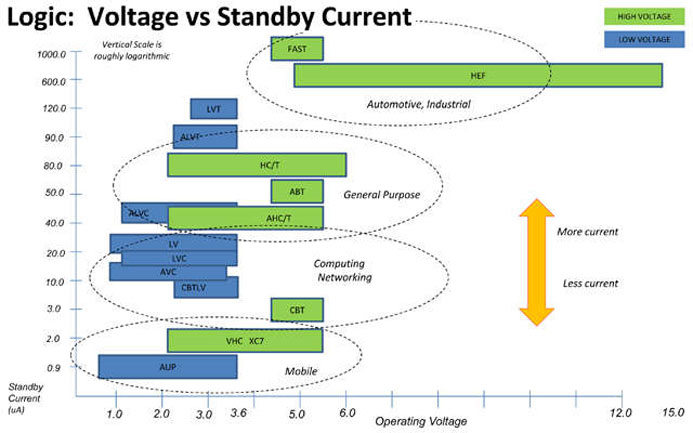What is Standby Current?
The input current drawn by a power supply when shut down by a control input (remote inhibit) or under no load.
This is the current that electronic equipment draws when it is off but has some standby power supplying the sense circuits such as the PS On power in a computer power supply. The standby current maintains the PS On voltage that allows computers to be powered on from the soft switch or from the keyboard. It also allows one to power on electronic equipment such as a Television set using remote control.
The modern power supplies do not have mechanical switches; instead they are turned on by a signal from the motherboard. The signal from the motherboard tells the power supply what to do, it for example instructs the supply to turn on and provide all output voltages. And by using software control, the operating system can instruct the motherboard to change the signal so that it turns off the supply after the computer has completed shutting down.
Soft Power in ATX power supplies
The ATX power supplies have some power running whenever the computer is off, once the soft power is pressed, the microprocessor detects this action and instructs the rest of the power supply to power on, this takes less time and has the advantage of not having inrush current which usually flows when the power supply is first powered on.
Even when the computer is in the standby mode, sleep or hibernation, the power supply draws a small current to maintain the CPU at the low power state. In this state, some of the components in the control circuit are still functional and operates independent of the main power circuit.
Some power supplies have an additional mechanical switch that powers off the supply completely and cuts off all the power from the mains.
Standby power in remote controlled equipment
Most of the modern electronic equipment have remote control capabilities. The equipment uses an integrated electronic switch that is usually controlled by a switching circuit that is always powered. This circuit monitors the remote control circuit of the device and enables a user to power on the equipment remotely. Even with the equipment turned off, the circuit remains on power and the equipment is said to be in standby mode. The equipment continues to draw standby current from the AC outlet even in the off state.
Keeping the electronic equipment on throughout even when not in use has its advantages as well as disadvantages.
Advantages of standby current
- Enables the equipment to power on quickly
- Enables some equipment to have some features operational without turning on the whole equipment (i.e. operating a clock or display without turning on the equipment to full power)
- Reduced inrush current associated with the initial switch on process.
Disadvantages of standby current
Amount of Standby current
The standby use is currently growing and the number of new electronic equipment with standby options continues to increase despite drives to cut down on these modes. The reduction can be supported by both improved technology and increased consumer awareness.
Figure 1: Typical standby current verses voltage – Image Credit
The standby current is usually very small in terms of microamperes or milliamperes and can be neglected. However, when added together, this amounts of to a significant value of about 10 percent of the annual power used from the utilities.
Standby power can be reduced by improving the efficiency of the power supplies and managing the power more carefully such as removing power from the equipment. This savings on individual equipment will amount to less than a watt. However, this can be as large as 10 watts or more in an office with many computers.
The standby current enables some parts of the circuit to be active even when the equipment is in the idle state. Even a small power supply such as a phone charger consumes some power when connected to mains even without the phone or with the phone fully charged. Power supplies with good designs have very little standby currents, however, it is not possible to have a zero current and there is always a small current drawn from the mains.
